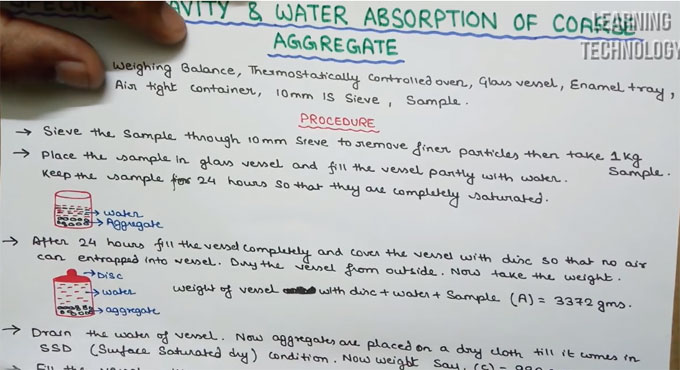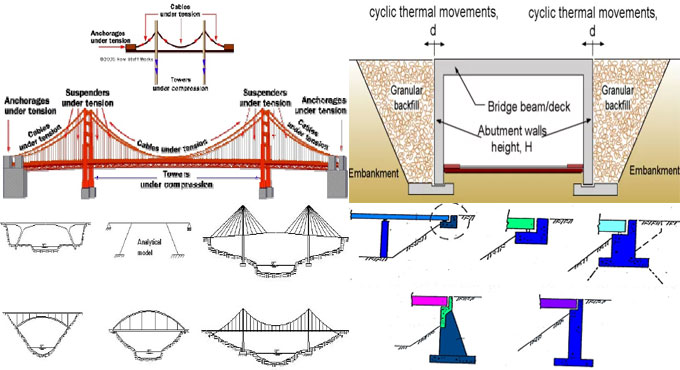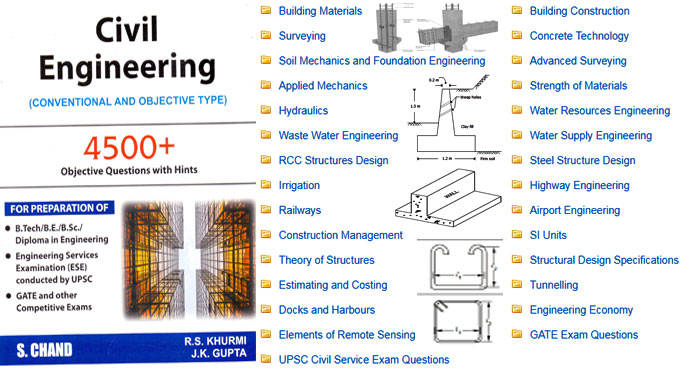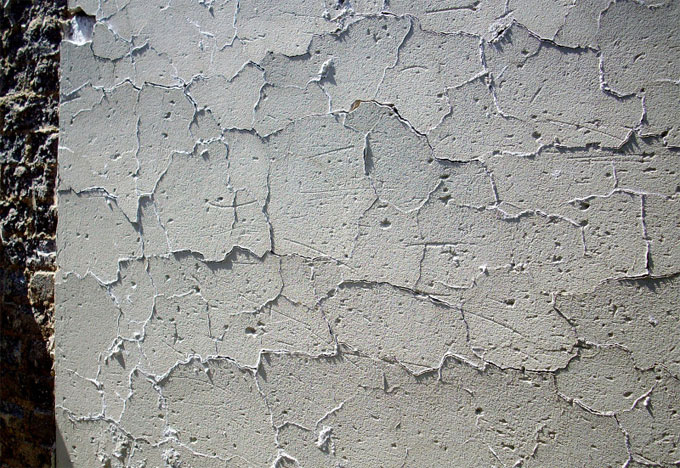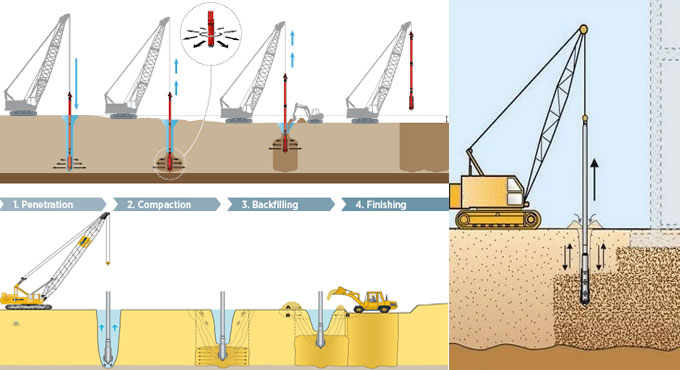Given below, the detailed lists of various useful construction tools and their applications :-
Hoe – It is effective for digging and arranging concrete, cement mortar in head pan. Hoe is also useful for excavating the soil but here the metal plate is set with acute angle to the wooden handle.
Head Pan – It is utilized to transmit materials. Head pan is built with iron to uprise the excavated soil or cement or concrete to the construction site etc. it is mostly found in construction sites.
Masonry trowel – The objective of this tool is to organize cement mortar. It refers to a hand trowel that is applied in brickwork or stonework for the purpose of leveling, dispersion and shaping mortar or concrete.
Measurement Tape – It is employed to examine the thickness, length, widths of masonry walls, foundation beds, excavated trenches etc.
Plumb Bob - It is applicable for verifying the vertical alignment of the structures. It comprises of a solid metal bob attached with the end of a thread. It can also be applied in surveying to level the instrument position.
Wheel Barrow – It is useful for carrying out cement mortar or any materials. Often, it is utilized to estimate the quantities of materials for site level concrete mixing.
Concrete Mixer – It is a machine that is used for blending the concrete perfectly with water, fine aggregate, coarse aggregate and cement at construction site.
Vibrator - It is utilized to vibrate the concrete when pouring is started. For the purpose of workability, water is added to concrete. To get rid of that, vibrators are applied.
Bump Cutter/Screed – The objective of this tool is to level fresh concrete surface particularly in slab concrete.
Wooden Float/wooden rendering float - This tool is useful for providing a flat finish to the plastered area.
Crow Bar - This tool is found in formwork to eliminate nails from boards. Crow bar is also applied for digging the ground and taking out the roots of trees in the ground, nails etc.
Framing Square - This tool is mostly found in Brickwork, Plastering to verify exact angle.
Line Level - This tool is required to verify horizontal level in brickwork, plastering , flooring and tile works.
Flat Pry Bar - This tool is found in shuttering and often utilized to modify the column formwork to align.
Digging bar - This tool is used to divide and unloose the compacted / hard surface area. Digging bar refers to a solid metal rod having pin shape at the bottom. It is also utilized to dig the hard surfaces of ground.
For more information, go through the following link www.civilology.com
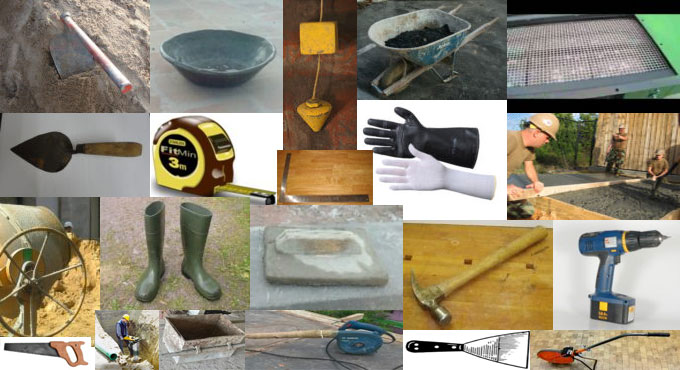
~~~~~~~~~~~~~~~~~~~~~~~~
Published By
Rajib Dey
www.constructioncost.co
~~~~~~~~~~~~~~~~~~~~~~~~
Hoe – It is effective for digging and arranging concrete, cement mortar in head pan. Hoe is also useful for excavating the soil but here the metal plate is set with acute angle to the wooden handle.
Head Pan – It is utilized to transmit materials. Head pan is built with iron to uprise the excavated soil or cement or concrete to the construction site etc. it is mostly found in construction sites.
Masonry trowel – The objective of this tool is to organize cement mortar. It refers to a hand trowel that is applied in brickwork or stonework for the purpose of leveling, dispersion and shaping mortar or concrete.
Measurement Tape – It is employed to examine the thickness, length, widths of masonry walls, foundation beds, excavated trenches etc.
Plumb Bob - It is applicable for verifying the vertical alignment of the structures. It comprises of a solid metal bob attached with the end of a thread. It can also be applied in surveying to level the instrument position.
Wheel Barrow – It is useful for carrying out cement mortar or any materials. Often, it is utilized to estimate the quantities of materials for site level concrete mixing.
Concrete Mixer – It is a machine that is used for blending the concrete perfectly with water, fine aggregate, coarse aggregate and cement at construction site.
Vibrator - It is utilized to vibrate the concrete when pouring is started. For the purpose of workability, water is added to concrete. To get rid of that, vibrators are applied.
Bump Cutter/Screed – The objective of this tool is to level fresh concrete surface particularly in slab concrete.
Wooden Float/wooden rendering float - This tool is useful for providing a flat finish to the plastered area.
Crow Bar - This tool is found in formwork to eliminate nails from boards. Crow bar is also applied for digging the ground and taking out the roots of trees in the ground, nails etc.
Framing Square - This tool is mostly found in Brickwork, Plastering to verify exact angle.
Line Level - This tool is required to verify horizontal level in brickwork, plastering , flooring and tile works.
Flat Pry Bar - This tool is found in shuttering and often utilized to modify the column formwork to align.
Digging bar - This tool is used to divide and unloose the compacted / hard surface area. Digging bar refers to a solid metal rod having pin shape at the bottom. It is also utilized to dig the hard surfaces of ground.
For more information, go through the following link www.civilology.com

~~~~~~~~~~~~~~~~~~~~~~~~
Published By
Rajib Dey
www.constructioncost.co
~~~~~~~~~~~~~~~~~~~~~~~~
